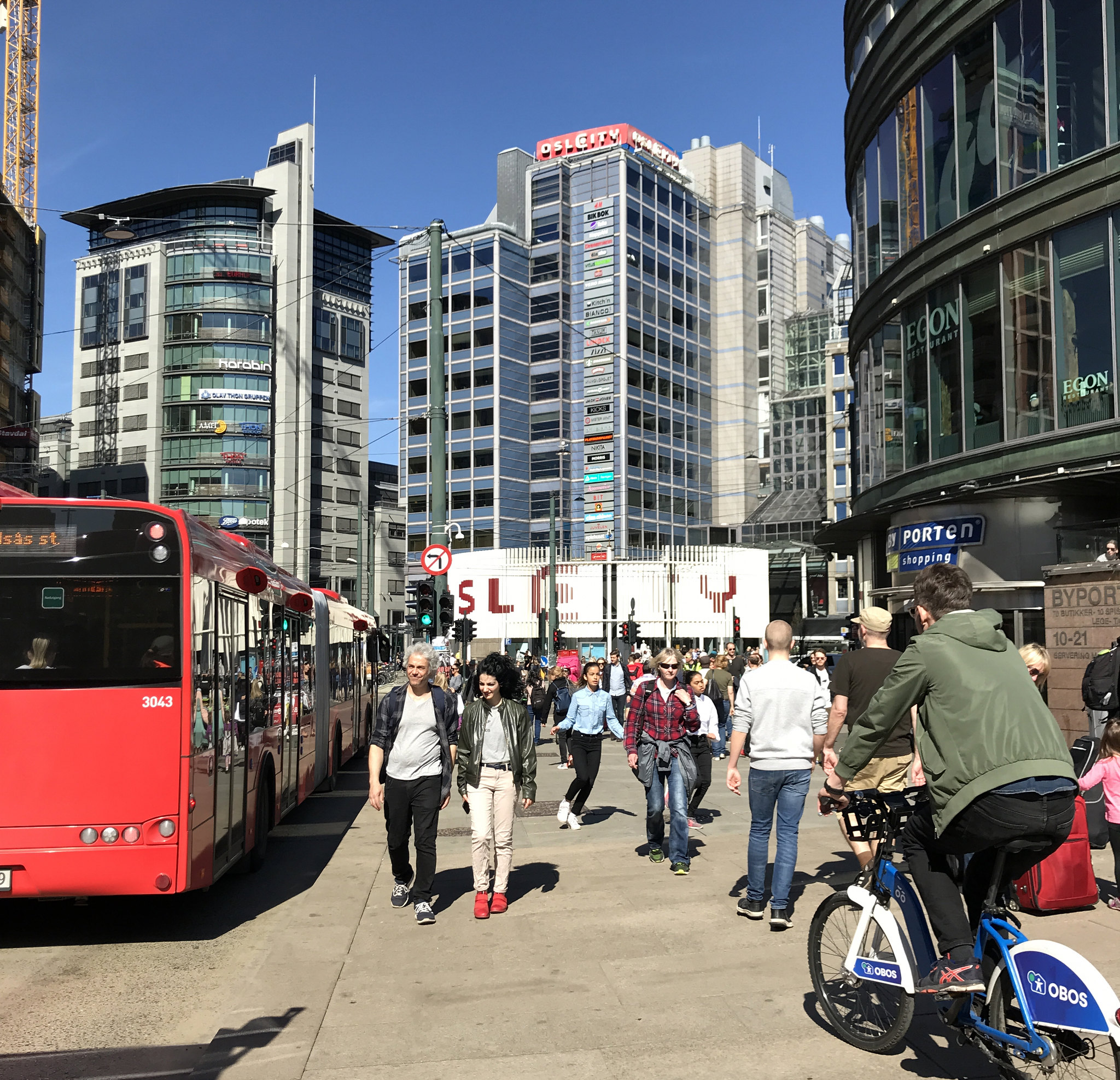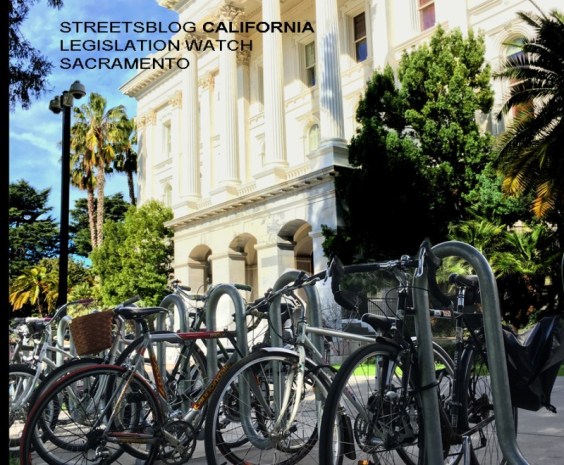The Transportation Research Board’s 99th Annual Meeting will be held in Washington, D.C. from Jan. 12-16, 2020. Click here for more information.
The capital of Norway achieved its Vision Zero goal last year with no pedestrian and cyclist fatalities — a feat achieved even as traffic deaths climbed in the opposite direction in American cities.
With a population comparable to Portland, Ore., Oslo recorded only one traffic fatality: a driver who smashed his car into a fence, the Norwegian newspaper Aftenposten reported.
Norwegian officials saluted the results, but vowed to continue keeping all road users as safe as possible into the new year.
"This is no cushion. Every serious accident is one too many," Ingrid Dahl Hovland, the country's top road administrator, told Aftenposten. "The fight against traffic death and serious injuries in traffic continues with unabated strength."
Oslo's status as a pedestrian and cycling safe have didn't occur overnight. The road to Vision Zero was paved with a mix of regulations that lowered speed, barring cars from certain areas, expanding its bike network, and added traffic calming measures around schools.
The most significant move Oslo officials made was devising a plan in 2015 to restrict cars from its square-mile city center and hike fees for entering and parking around the city's core. Tolls rose in 2017 as the city removed 700 parking spaces and replaced them with 37 miles of bike lanes and pocket parks. The city center ban went into effect in early 2019 despite misgivings, but it was regarded as a model for other metropolises six months later. Cities around the U.S. have been slow to follow up on such success, though New York and San Francisco recently added a car-free thoroughfare to its transit mix.
Oslo leaders also sought to tame aggressive drivers in other neighborhoods. They drastically lowered speed limits inside and outside downtown areas, expanded its bike network, and established "Hjertesoners" or "heart zones" where vehicles are not permitted to pick up or drop off children around each primary school. New York City is especially bad at that, as Streetsblog NYC reported.
"The more you separate the different road groups, the less the risk of serious traffic accidents and then we see that the speed limit has been lower on several roads," said Christoffer Solstad Steen, a spokesman for a Norwegian traffic organization Trygg Trafikk. (If you are Pete Buttigieg and you want to read the Aftenposten story in its original Norwegian, click here.)
It's not just Oslo that has managed to curb fatal crashes. The entire Scandinavian nation experienced only 110 traffic deaths last year out of a population of 5.3 million, a fourfold decline since 1985, when 482 people lost their lives on the road.
Norwegian officials attributed the success to an intense focus on road safety among different governments regardless of their political affiliation.
"It has been a goal to secure safe travel for everyone," Royal Norwegian Embassy counselor Susanne Juell Gudbrandsen told Streetsblog. "Oslo is the largest city with the heaviest traffic in the country, so it is particularly good to see that numbers for deaths have gone down there lately."
The country's roads have safer even though there are more vehicles on them. Norwegians owned 2.75 million passenger cars in 2018 and 148,000 new cars were sold in the country in that year, a nearly 50 percent increase since 2009 when 99,000 cars were sold.
But Oslo is moving toward a car-free future. The city hopes to double the number of trips people take by bike to 16 percent by 2025 and reduce its greenhouse gas emissions by 95 percent from 1990 levels by 2030.
It's a safe bet that road fatalities in Oslo will continue to remain low.





